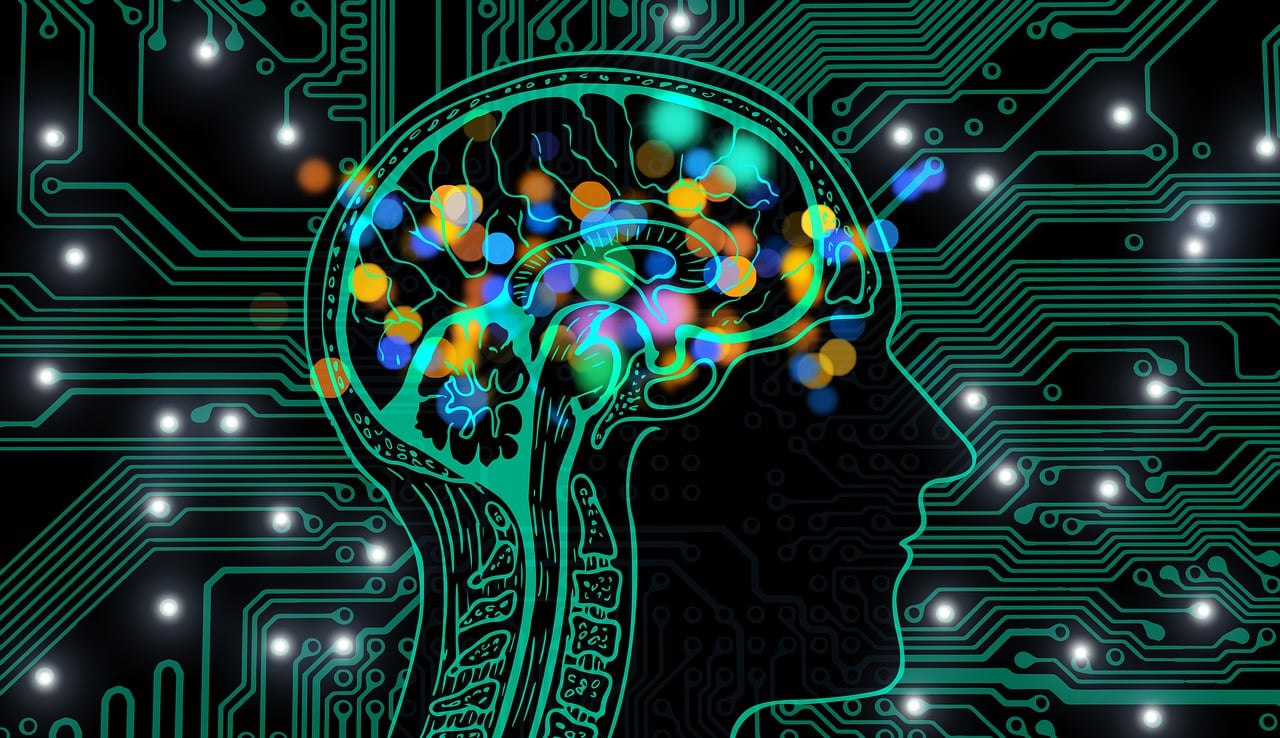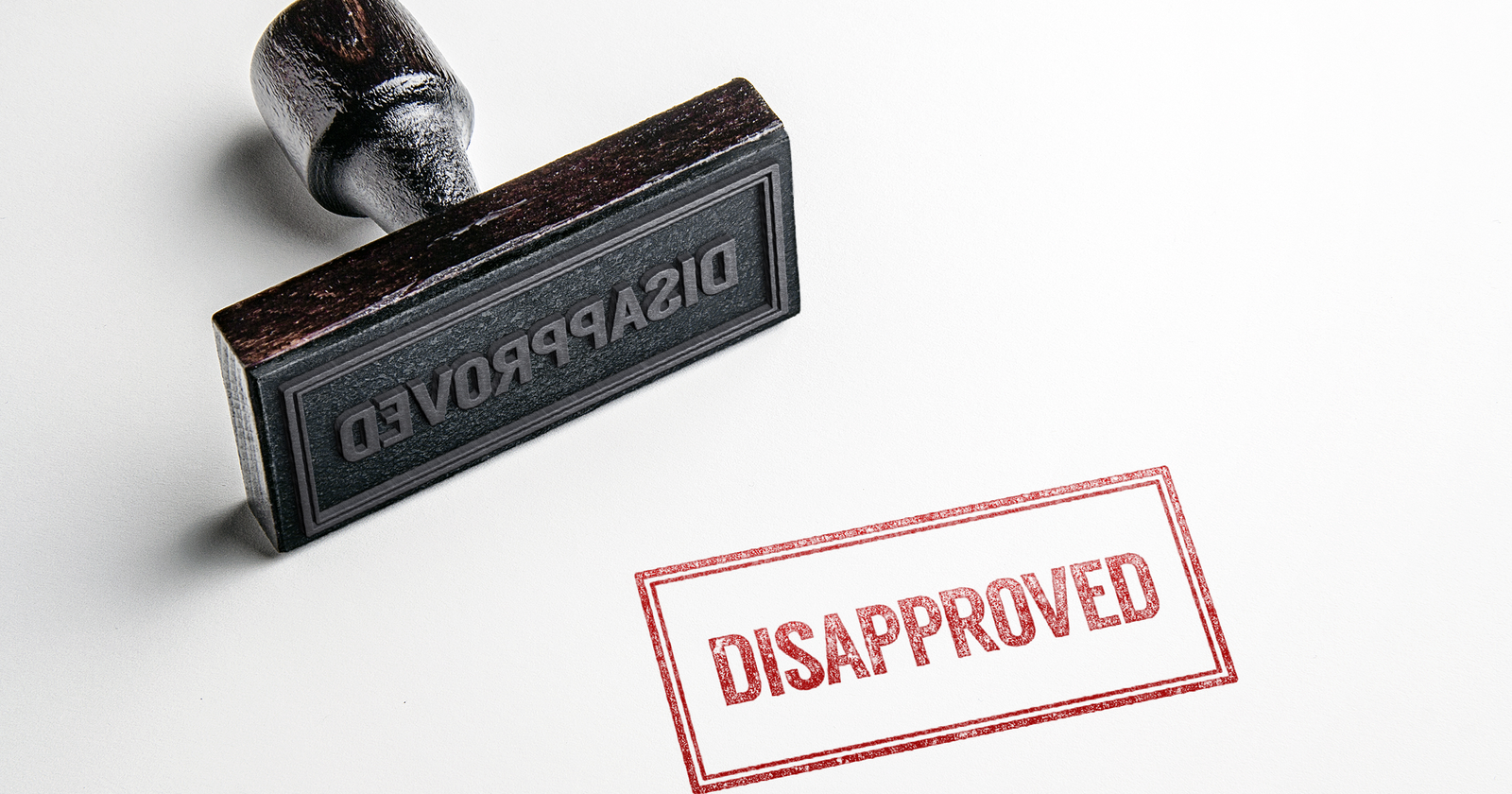Customizing AI to Optimize Business Processes
Customizing AI-based solutions for businesses is easier than many entrepreneurs and business leaders might assume. In addition, there are more use cases for AI in businesses than many executives tend to perceive. Yet the answer isn’t always more AI....

Customizing AI-based solutions for businesses is easier than many entrepreneurs and business leaders might assume. In addition, there are more use cases for AI in businesses than many executives tend to perceive.
Yet the answer isn’t always more AI. Incorporating custom GPTs in the right ways — and avoiding the wrong ones — is key to leveraging these innovations best.
Using AI internally and incorporating human oversight
Many business leaders assume that the primary use for AI chatbots is external customer support, so they hesitate to use AI for these purposes. While they may know that AI programs are getting better and better, they can still make errors that lead to customer frustration — but so can poorly trained human staff.
In my experience, however, AI has many applications that shouldn’t be overlooked. Consider the case of PayPal, which has used a combined AI and human approach to fraud detection, credit decisioning, and many other internal processes for years.
In particular, PayPal’s utilization of AI has boosted its authorization rate, which means fewer transactions get denied. Its system does this by identifying good transactions that are being negatively impacted by technical difficulties and allowing them to proceed, knowing that everything will smooth out when these hiccups are resolved. If a given transaction fails, PayPal’s AI can also figure out the best conditions that should be used to retry it.
If that wasn’t already impressive enough, PayPal’s AI can spot when criminals are testing batches of stolen cards on e-commerce websites and flag this fraud. Yet according to Dr. Hui Wang, PayPal’s Senior Director of Risk Sciences, these advances in AI’s capabilities have only been possible due to careful human oversight. That’s one of the main lessons for business owners looking to optimize operations with AI today — these brilliant machines often perform best when used internally and combined with the judgment and discretion of human staff.
Want to get started leveraging AI for your own company but don’t have a computer science or programming background? The good news is that today, you don’t need one.
Creating a customized chatbot
Creating a customized chatbot for your business is actually quite easy, and many online tools are designed to help you do just that. The key is to find which works best for you and your business, as different tools have different advantages and disadvantages.
No matter what chatbot builder you choose to use, the first step is to create an account. For each custom GPT you develop, you’ll also need to name it something different that evokes its purpose, as well as provide a brief description.
Additionally, you’ll need to give it clear instructions about the process you want it to follow and any output you want it to generate. In many cases, the platform will have a detailed how-to section that explains these steps, as well as how to configure the chatbot to your specifications.
Your chatbot will need to be taught what to say, which is why the next step is providing it with a knowledge base.
Training your customized chatbot
To improve the standard-issue chatbot and transform it into your own custom GPT, you will need to connect it with your business’s relevant information, such as the answers to relevant FAQs, for example. Sometimes, external websites or datasets can also provide the necessary library for your AI. You might also decide to give it your company’s style guide and marketing materials.
The more accurate information and guidance you can give the AI, the better it will be able to fulfill its purpose. If the material you provide is inaccurate, inconsistent, or irrelevant, not even the powerful intellect of today’s AI will be able to produce the outcomes you want. In this way, it is also much like human employees, which is why it pays to take the time to give your chatbot a thorough education in the issues with which it will deal.
Leverage AI with additional automations
Many businesses’ implementation of AI tends to stop with these custom GPTs, but AI can be leveraged even more. Consider using a platform that can connect your specialized chatbots to thousands of potential automations like Zapier.
Unfortunately, while Zapier can create automated workflows with standard chatbots like GPT-3 or GPT-4, it cannot currently directly incorporate the knowledge bases that custom chatbots rely on, which makes it challenging to integrate these AIs into Zapier workflows.
However, there are a couple of workarounds to this that have been discovered.
Workarounds to create automations
The first workaround is to create a thread with the standard-issue chatbot and save the necessary information from the knowledge base to it. However, this clunky option may generate erroneous results.
A better solution is to use a third-party tool that allows you to build a custom chatbot and connect it to Zapier through an Application Programming Interface (API) key. While this might sound intimidating, it just entails configuring your custom chatbot appropriately and setting up the relevant custom actions in your Zapier account.
A background in coding is not necessary — at points, Zapier will supply the necessary HTML script, so all you’ll need to do is copy and paste the code or a URL into your chatbot’s instructions or settings. You can find step-by-step tutorials on building a custom GPT and creating automations with it in Zapier on YouTube.
By combining a customized chatbot with automations in this way, your AI systems can automatically carry work forward until a human staff member’s intervention becomes advisable. For example, if you give your FAQs to a chatbot and ask it to draft a concise email based on them, it can generate a decent first draft. The trick is to have someone review it and make any necessary revisions before submitting it.
Indeed, one of the main ways my team uses this tool is to manage the thousands of emails we get every day. Responding to automated prompts, our customized chatbot reads and crafts initial responses to messages that human staff review and revise before sending them out. Thus, we get the best of both worlds: the AI generates the emails fast, and the human staff ensures their high quality.
Optimize your operations through AI-human collaboration
Creating a customized chatbot is not only easier than many entrepreneurs and business leaders fear but it can also be used for many more purposes than they usually suppose. By building a specialized chatbot and creating automations in your internal workflows, you can place a surprising amount of labor on machines and position your human team for success. To optimize your operations, it’s time to implement AI-human collaboration.

 FrankLin
FrankLin 








![10 Content Marketing Trends To Watch In 2022 [Infographic] via @sejournal, @andybetts1](https://cdn.searchenginejournal.com/wp-content/uploads/2021/12/content-marketing-trends-61a9070bae8e8-sej-768x403.png)























